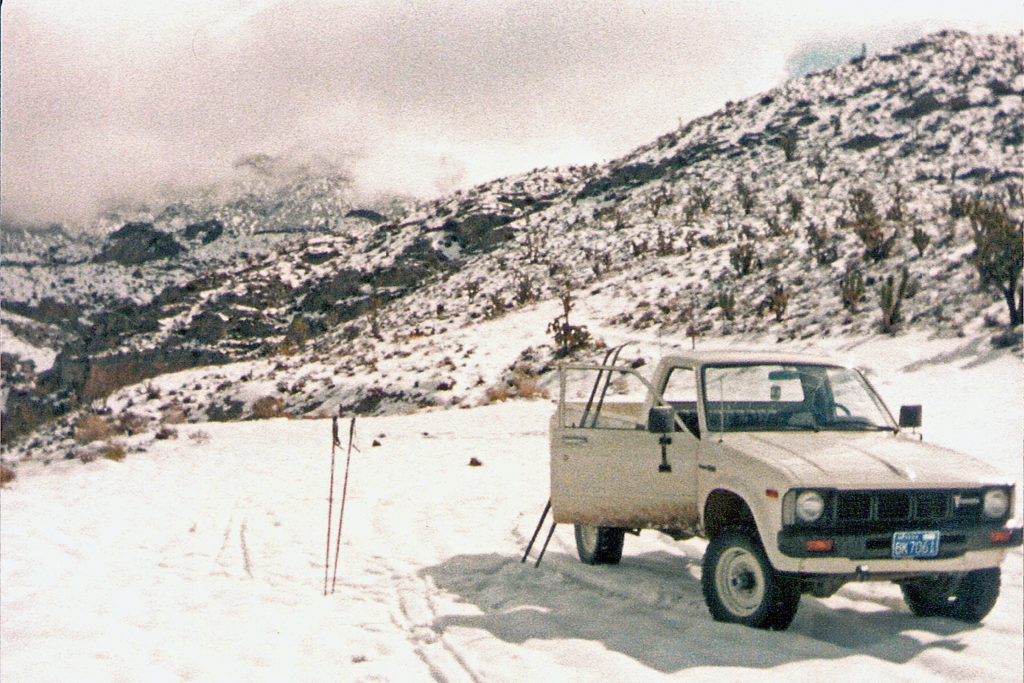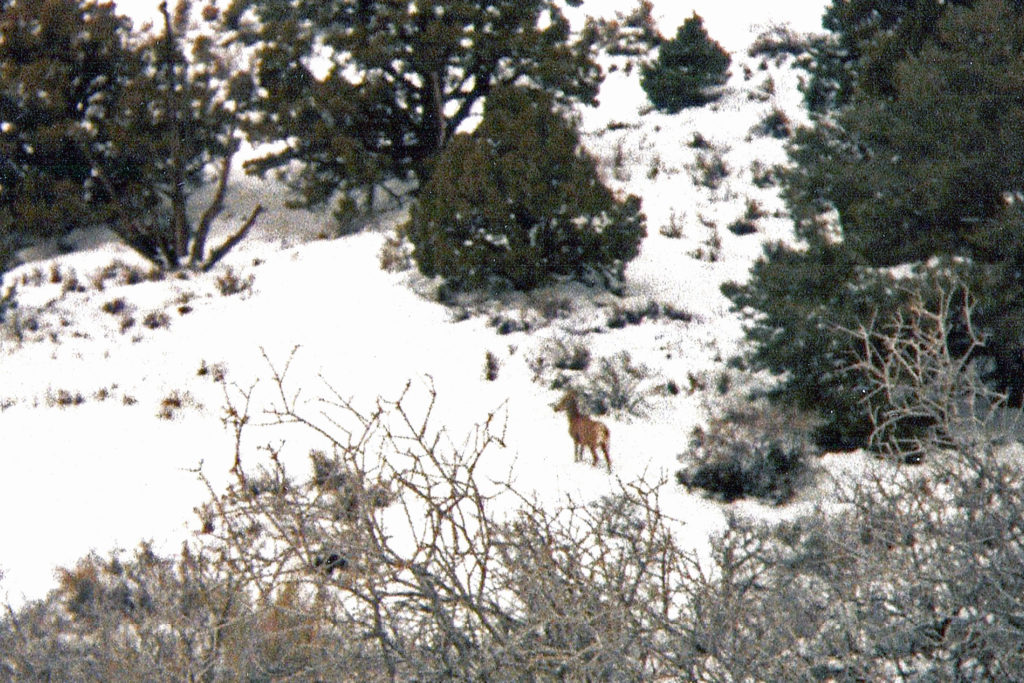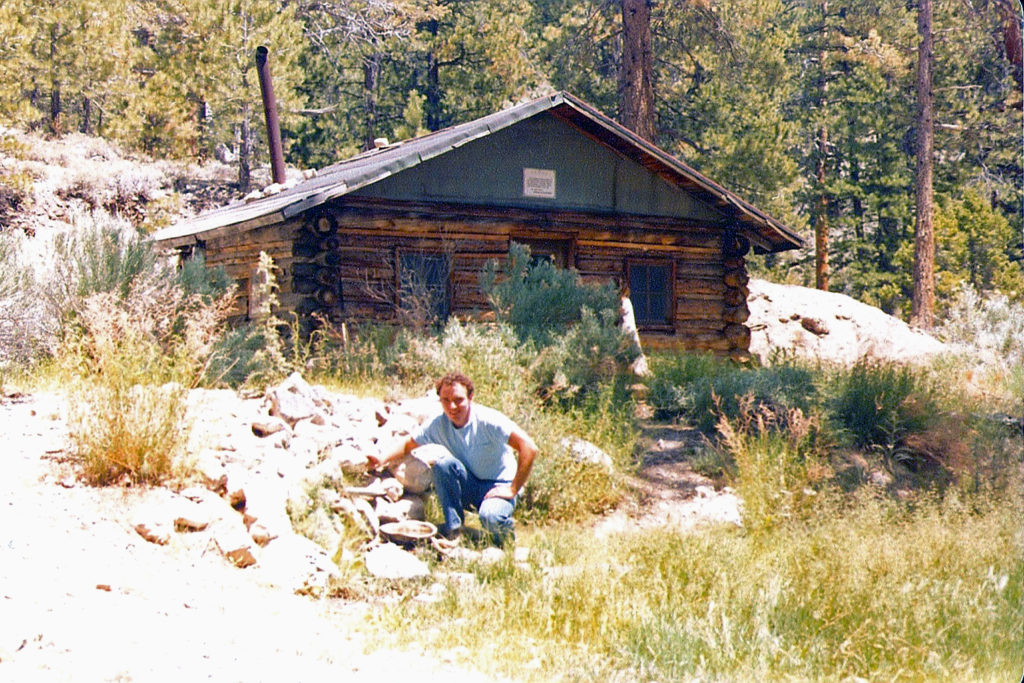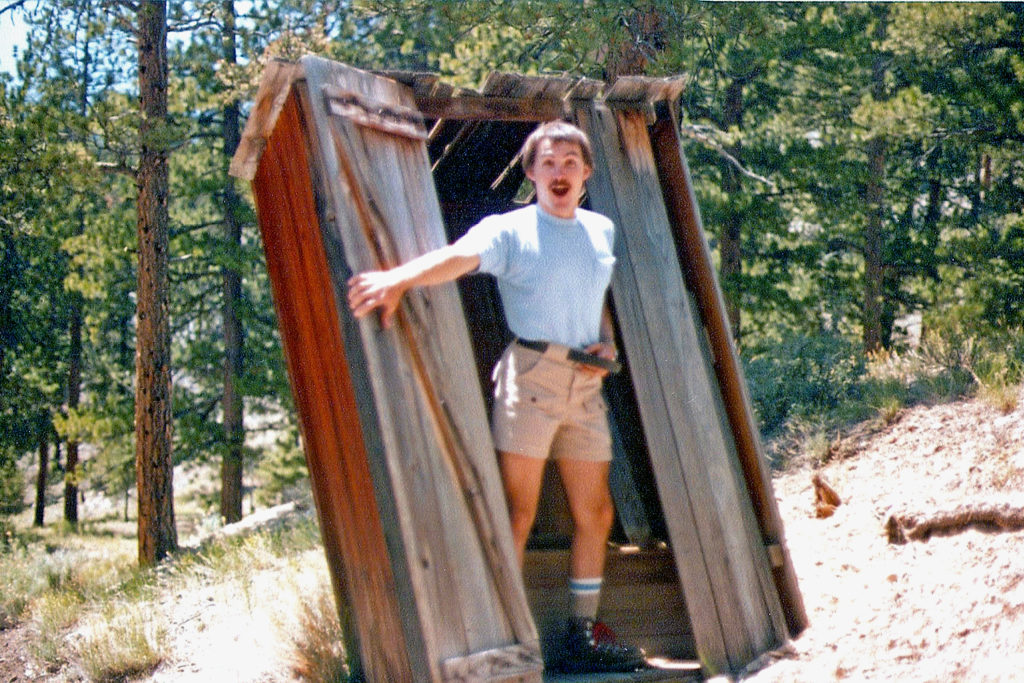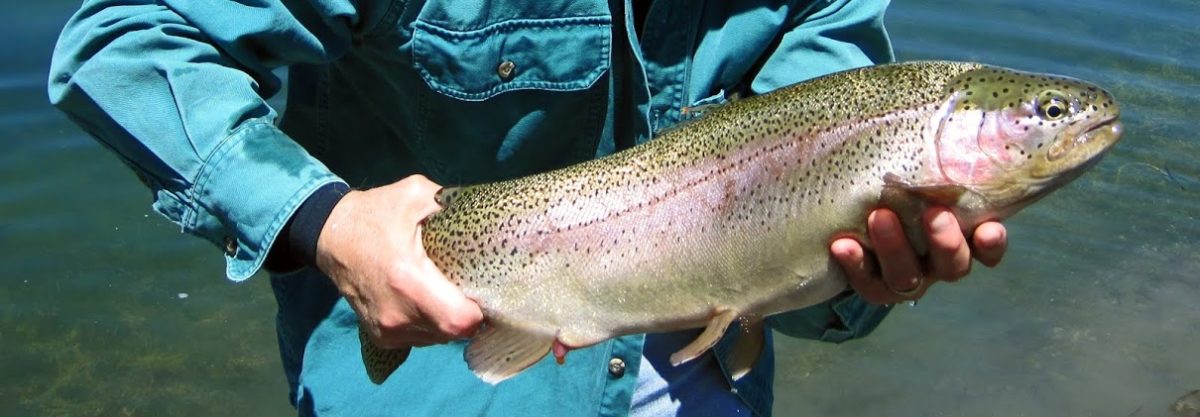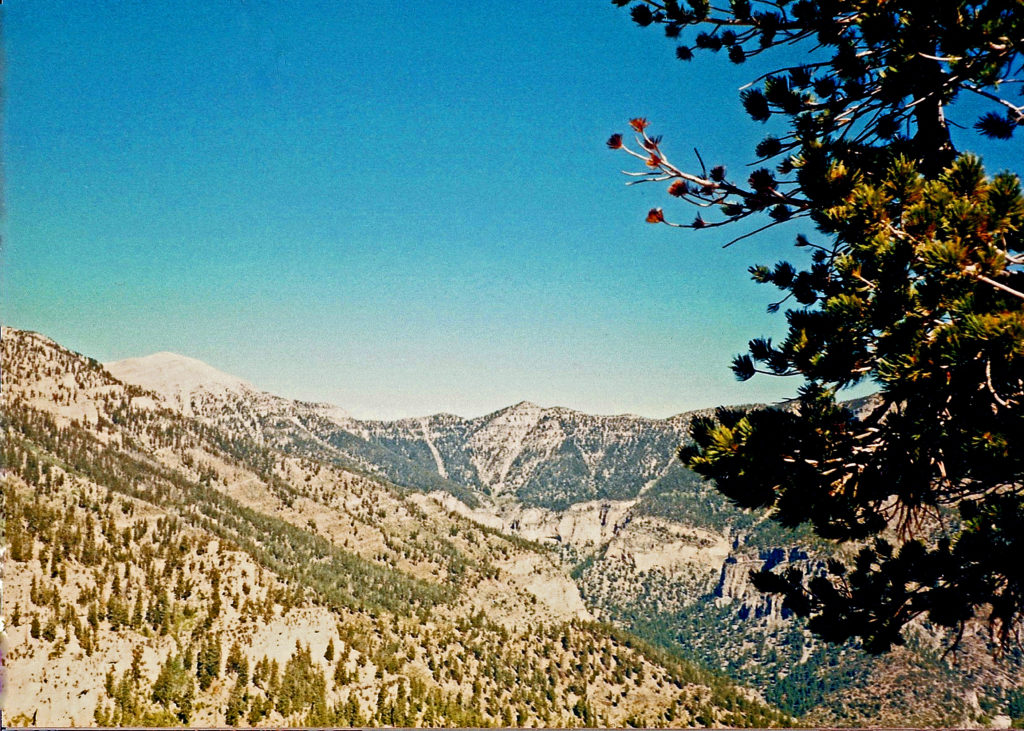
Sometimes we take for granted how we came to be who we are. What youthful experiences shaped us into who we are today? Why do we like certain things, and not others? For me, why have I always loved the outdoors?
I never really thought about this before, but as I entered high school my oldest brother, Neal, took an interest in me. I used to think it was because he had no patience for young children, even if they were his siblings, and he just waited until I was no longer a snot-nosed brat. And that was probably accurate enough. But now I think our dad’s death had a lot to do with it, too. Neal was thirteen when our dad died, so Neal went through his entire teenage years without a father. Dad was an avid outdoorsman, and so it was natural for Neal to submerge himself into hunting and fishing as a salve for the pain of losing his dad. Although not necessarily so, those hobbies can foster isolation if the trapping is solitude with nature. I guess that sort of fit Neal based on the issues he went through as a young adult.
Anyway, I find it more than a coincidence that Neal’s involvement with me began when I turned thirteen. It’s also no accident that what he wanted to share with me was his love for hunting and fishing. And although Neal introduced me to it during my early teen years, it really wasn’t until college that we enjoyed fishing trips as equal partners.
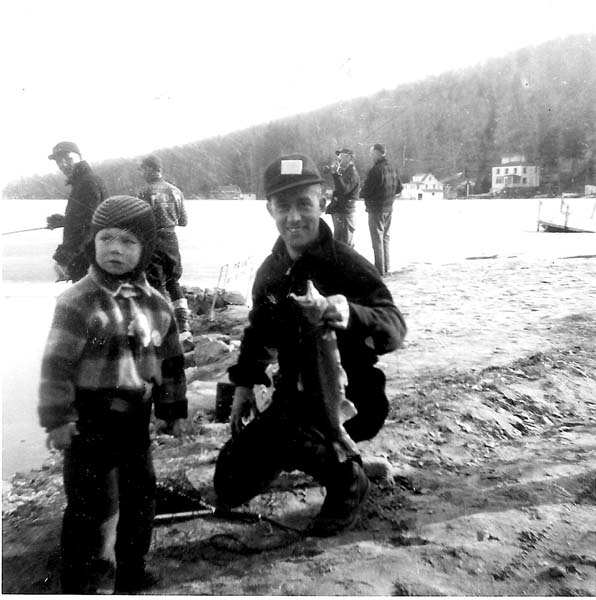
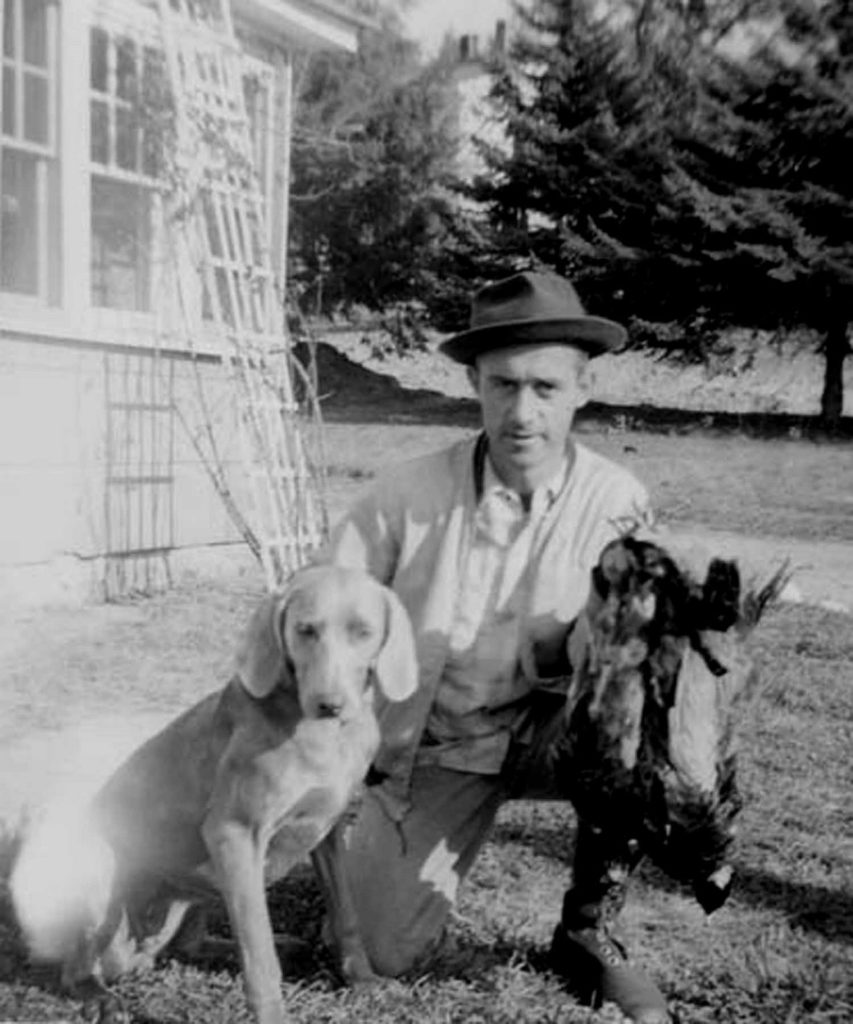
During college, before I learned to fly fish, I thoroughly enjoyed hiking around the Las Vegas valley. Though most often in the Spring Mountains (Charleston, Red Rock, and Potosi), I did venture into the Sheep and McCullough mountain ranges as well.
One of the most memorable and physically demanding treks was the Charleston Peak Trail. My first Peak trip (1979) started in the Deer Creek Campground and finished on the southern Kyle Canyon Loop. On that first trip with my climbing partner, Bill Bergan, we carried backpacks and spent the night on the northern loop below Charleston Peak. About seven years later (1986) I did the south/north Kyle Canyon Loop Trail with Doug Tueller as a day hike. We covered about eighteen miles in about eight hours. It was grueling. At that time I was running several times a week, anywhere from three to five miles. I thought I was in pretty good shape, but after the knee-pounding decent down the north loop my knees were like jelly for several days.
The Charleston Peak Loop Trail is an awesome hike in many respects. First, the peak is the tallest in the Mojave Desert, and one of the tallest peaks in all of Nevada, topping off at 11,918 feet above sea level. Second, the “rise and fall” of the trail rivals that of the Grand Canyon. Starting at about 7,800 in Kyle Canyon, the trail has a 4,000 foot elevation change both ways (up and down). Lastly, the views are amazing from the ridges, which in themselves are a contrast. The south loop has grassy fields on what appear like rolling hills, while the northern loop cuts through craggy cliffs that often give you pause while stepping across avalanche shoots. Once you experience that terrain contrast it tends to stick in your memory.
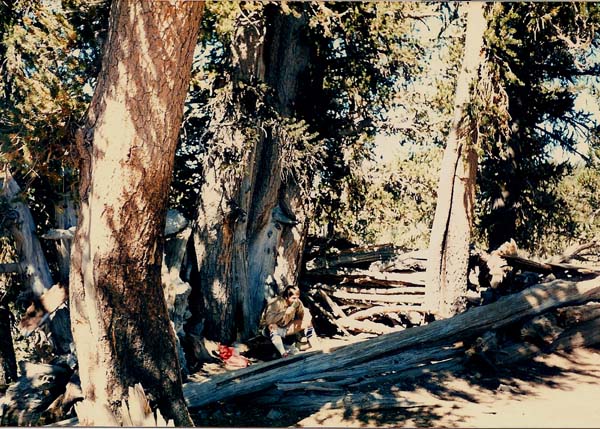
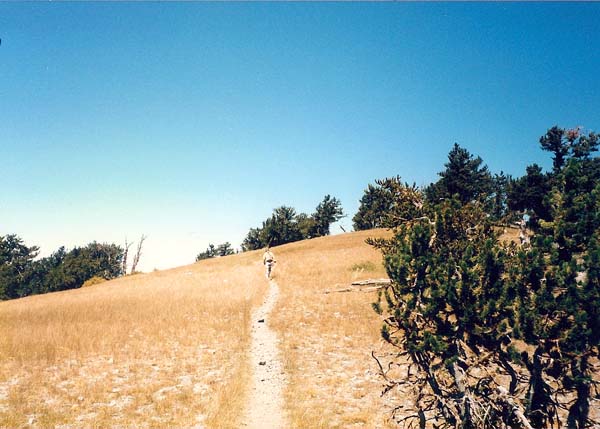
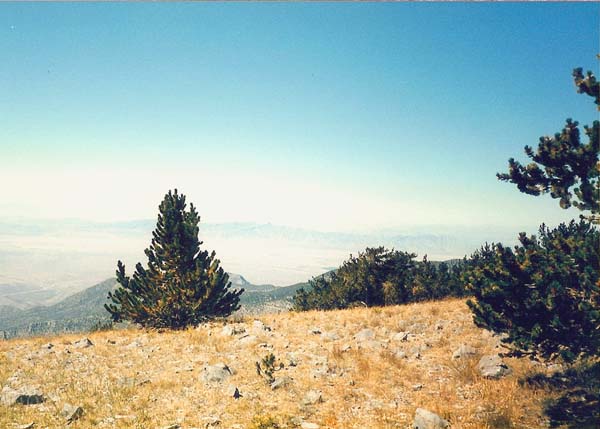
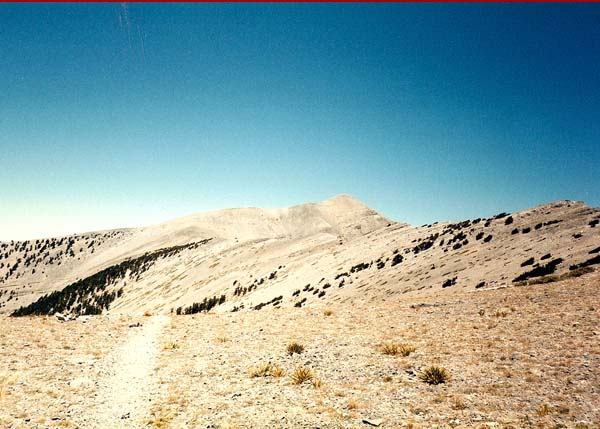
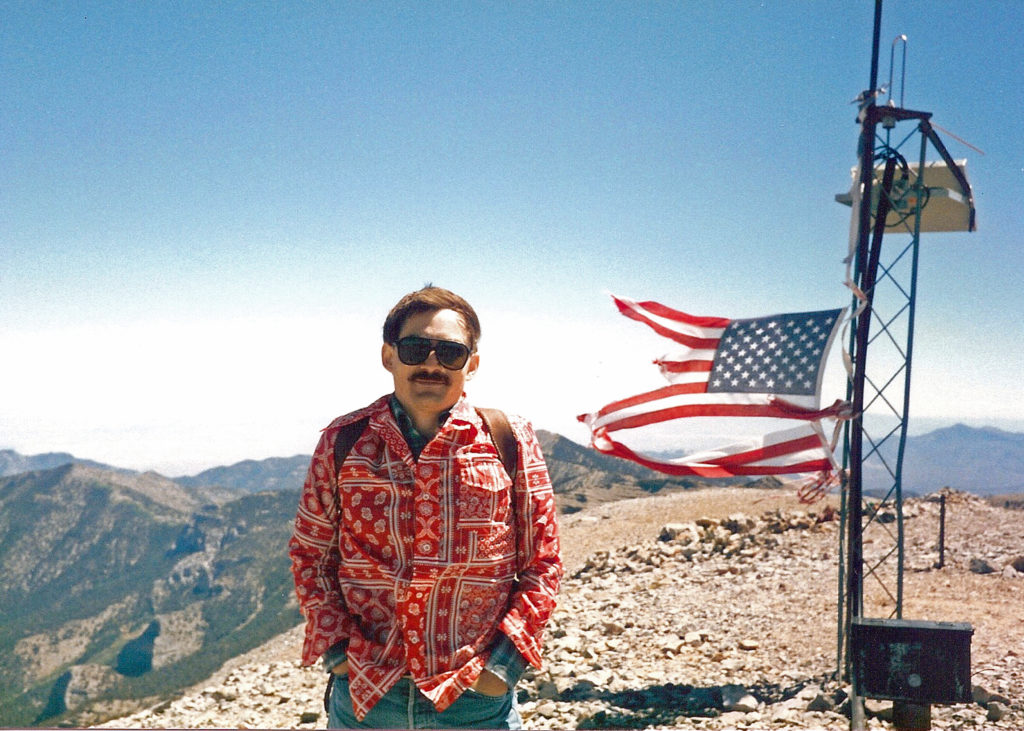
Approaching the peak from the south loop you would come across the wreckage of a DC-9 crash from the 1940’s or so. I recall seeing a propeller resting on the north-facing slope, like a camera tripod, propped on two blades and the engine housing. What a sight. There are not many remnants of that wreck anymore. At the peak there is an American flag with a sign-in box. Even in the middle of summer, the winds at 11,918 feet cut through you like icicles, and so the obligatory sign-in ceremony was very quick.
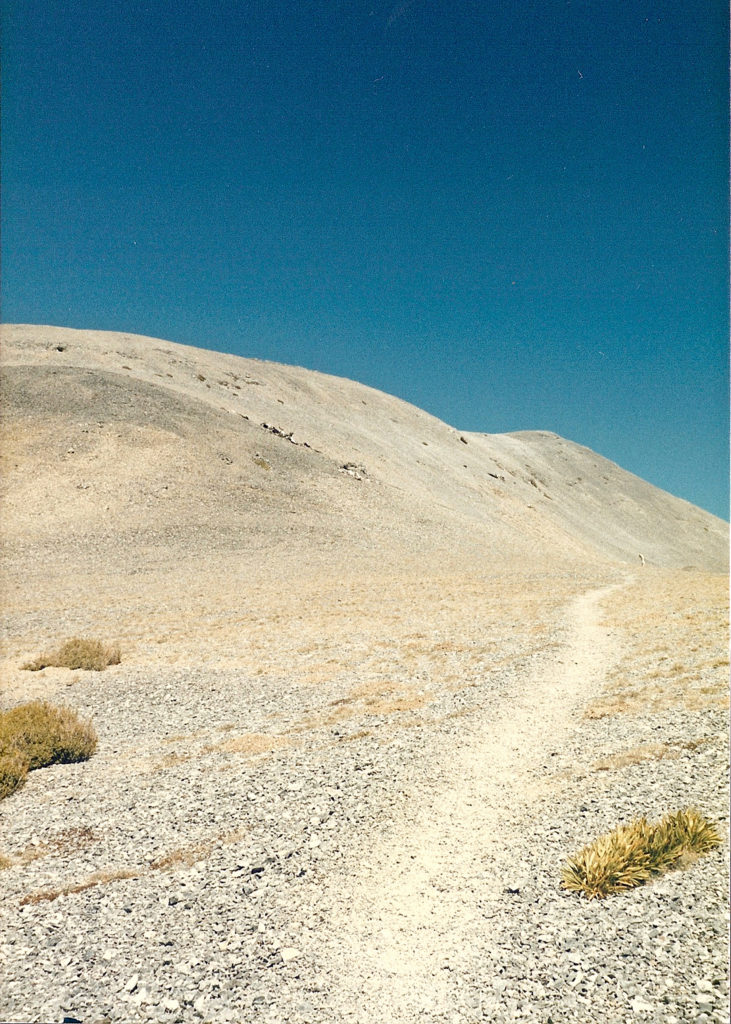
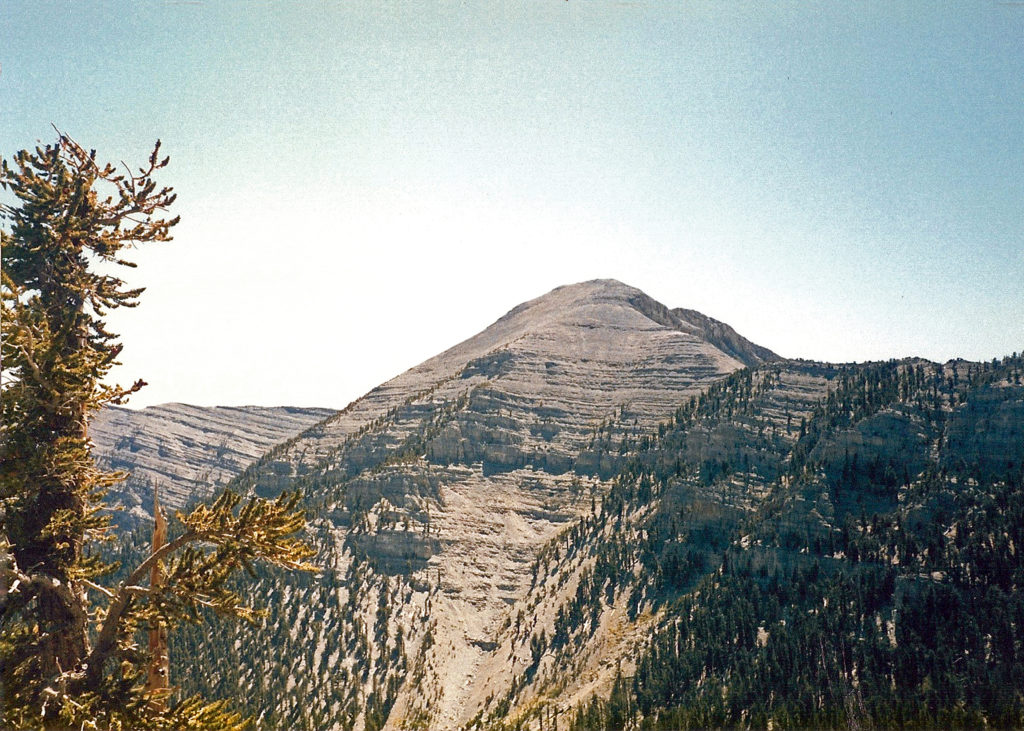
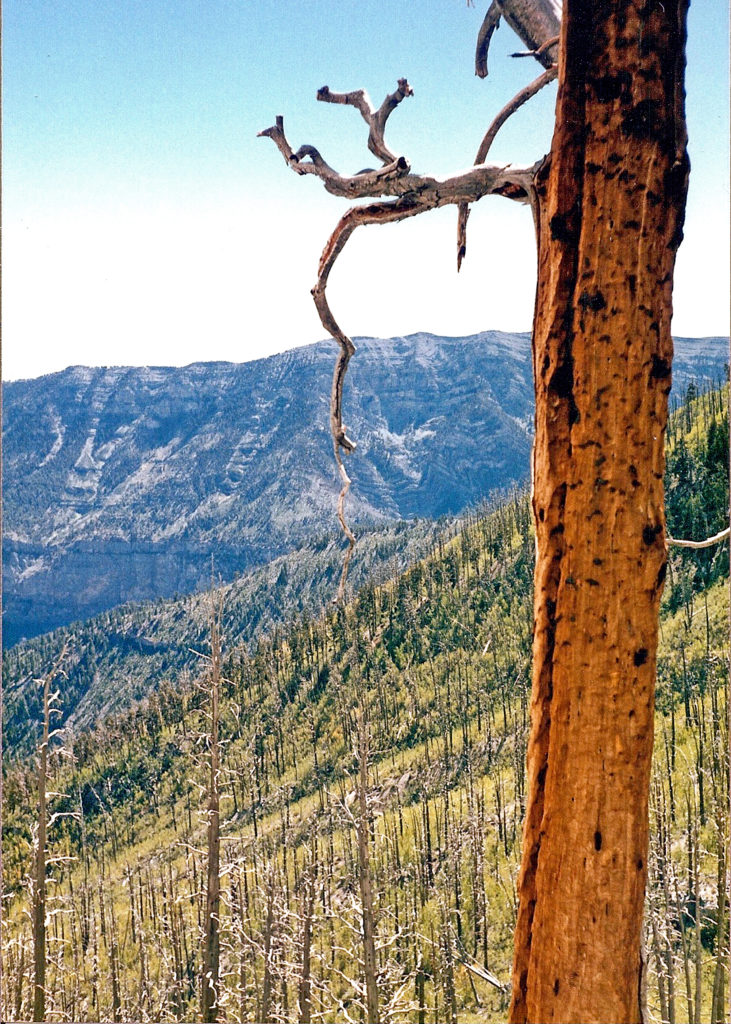
The memories of those early southern Nevada hikes will stay with me always, but the Charleston Peak Trail shines as one of the most memorable.
Here are a few photos of my early adventures in the Sheep Mountains of the Desert National Wildlife Refuge:
